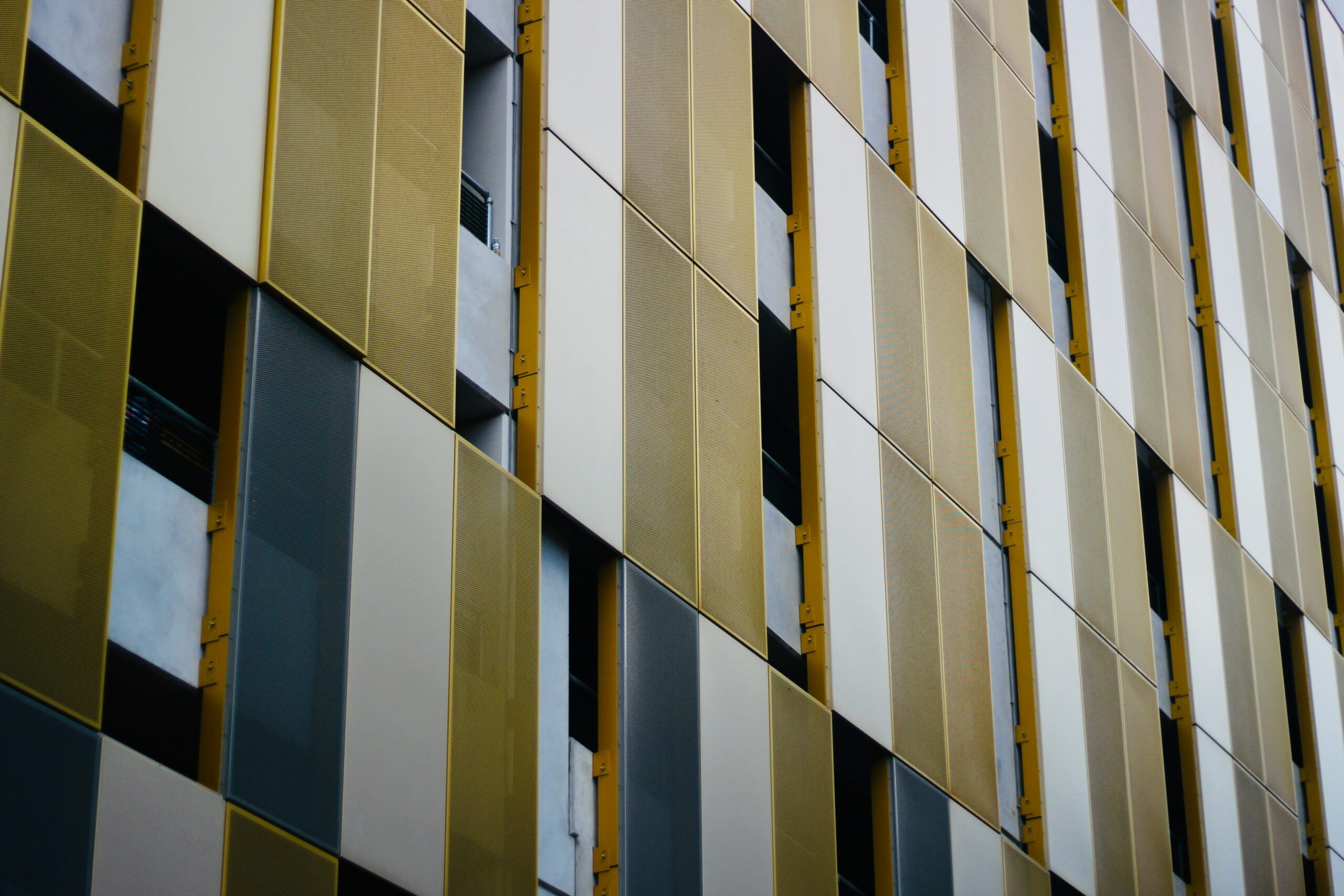This article is from December’s edition of Aggregate, which featured a month-by-month review of 2021. This is April’s entry. To read the complete newsletter as a PDF, click here.
So who is going to pay for the cost of recladding high rise buildings? In April 2021 we started to get an answer to that when a consultation was launched – although the tax under discussion isn’t planned to come into force until April 2022.
It has been nearly five years since the Grenfell disaster. Although it remains painfully difficult to know the exact causes, and the inquiry still has some way to go before its final report – what is clear is that thousands of buildings built before the disaster suffer from serious issues including the presence of dangerously combustible cladding. Flats in blighted buildings are very difficult if not impossible for owners to sell, until the cladding is replaced. Many residents have no choice but to live in those certified-dangerous buildings.
So far, there have been a mix of schemes aimed at providing the funds to remedy cladding problems. These funds have come from a mix of individual residents, building freeholders, contractors and insurers, and the government. But to put an end to all the uncertainty, the government is now proposing a Residential Property Developer Tax (“RPDT”).
The RPDT is essentially a tax on those developers who look to build new high rise residential blocks, in effect to pay for the failings of previous developers. The tax will be in addition to the Building Safety Levy, which was announced alongside the RPDT. The Building Safety Levy is a single charge applied to developers who look to build certain high-rise residential buildings in England from 2023 onwards. So basically a very similar basis for the tax. The detail of the Building Safety Levy remains less advanced than the RPDT, presumably as it is due to come in a year later.
Following the end of the consultation in July this year, Rishi Sunak announced in his October budget that the RPDT scheme was going ahead and that it was going to apply to companies who turnover more than £25 million. The tax was to be set at 4%, with a view it to raising £2 billion in the next 10 years. It is due to come into effect from 1 April 2022.
There is proposed draft legislation, albeit with some significant gaps. The basic position appears to be a very wide interpretation of residential development (albeit excluding student accommodation and care homes), and a recognition that non-residential development activities forming part of a company’s turnover (i.e. commercial development) will be excluded from any taxable figure. The potential for masking types of works is recognised – the efficacy of anti-avoidance measures will be found out over time.
So is it the right way to approach this? Developers building new high-rise blocks who have to pay this tax will simply pass it onto the end purchaser. For a development to be financially viable there has to be a certain level of return to set against the risk. So this will just form part of that appraisal.
The RPDT may ultimately provide a fund for the government who in theory are funding the re-cladding works, but in practice it is not the developers or government actually paying for this – it’s the new purchasers. And although this might raise a level of taxation for the government, unless the government actually gets on and does the work needed now (rather than keep talking about it), it doesn’t actually get the cladding replaced on existing buildings. The government is promising to pay for the re-cladding in the short term, but to date government action has been painfully slow bearing in mind the time that has passed since the Grenfell disaster.







